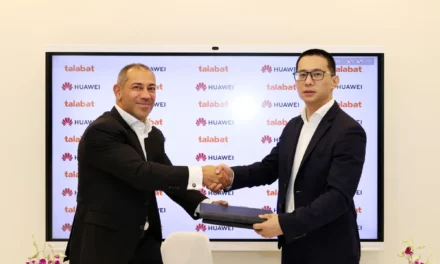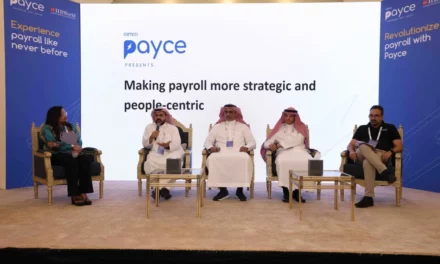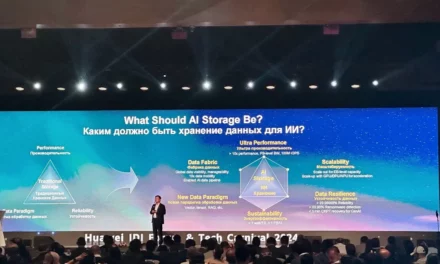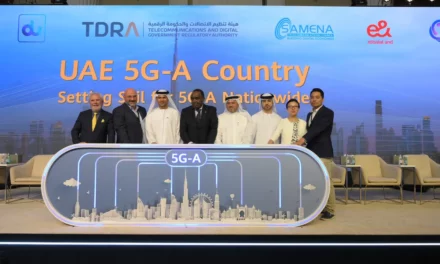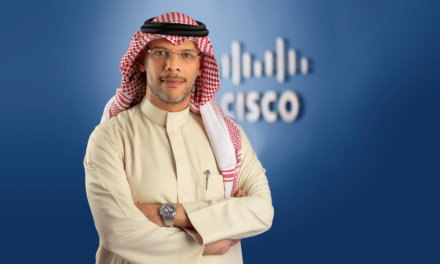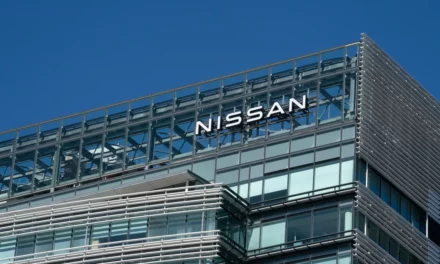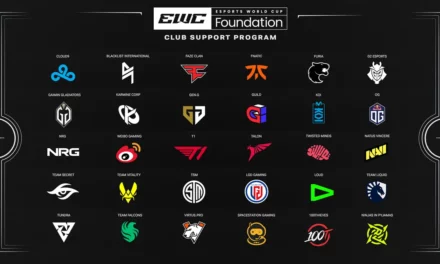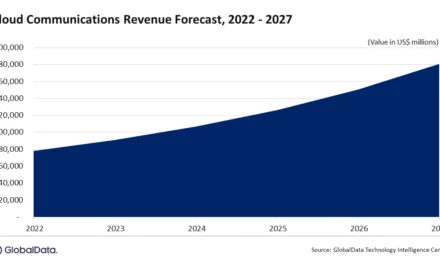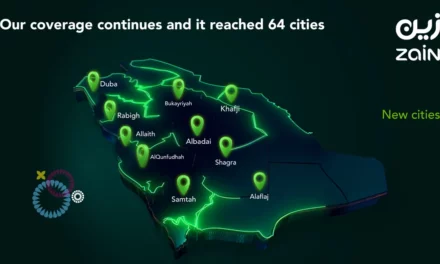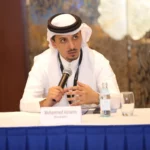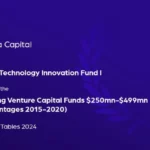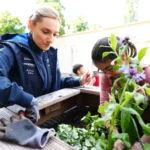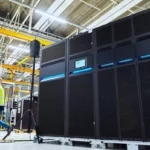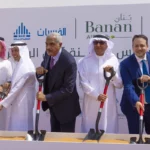
Huawei: Rural connectivity creates socioeconomic impact, touches lives

During the “Huawei Connectivity +: Innovate for Impact” forum in Shenzhen, China, on November 23, participants heard how Huawei has worked for more than 30 years to push the ICT boundaries and promote global adoption. In his keynote, Liang Hua, Chairman of the Board at Huawei, noted that the company has built over 1,500 networks that connect more than three billion people in more than 170 countries and regions by working closely with global operators.
Despite great strides in expanding telecommunications networks, bringing stable connectivity to all of humanity remains a challenge. Billions worldwide remain unconnected to the web, hampering access to knowledge, digital skills training, and opportunities.
According to the GSMA’s Mobile Economy Report 2022, only 6% of the world’s population lives in areas without mobile network coverage. But a vast usage gap remains, as many people who have coverage still don’t use the Internet. In 2021, the usage gap was 3.2 billion people or 41% of the world’s population, the report added.
“We are now moving from the mobile Internet era to the intelligent era. In this new era, where everything will be connected, connectivity will be more than just a tool for convenient communications. Together with digital technologies like cloud and AI, connectivity will help bring everyone into the digital world and drive social progress. It is essential for those benefits to reach all, because we believe that connectivity is not just the cornerstone of the digital economy but a basic right for every human being. To make this a reality, we are working more closely with industry organizations and partners in two areas,” said Hua.
In China, Huawei has helped operators expand the coverage of high-speed mobile networks and make 4G or even 5G networks accessible to almost every rural village. Huawei’s RuralStar solutions have connected even more people outside China, providing easier access to information and services. These solutions have connected people from border towns in Africa to uncovered white zones in developed regions. By the end of 2021, RuralStar solutions had helped connect 60 million people in remote areas in more than 70 countries.
Rural areas have a huge demand for mobile communications. Huawei is committed to providing leading coverage solutions for rural areas; Huawei RuralLink and RuralStar solutions fulfill this mission, helping operators bring mobile connectivity to rural areas and expand the benefits of digital connectivity to all.
Huawei launched the RuralLink solution through site-level innovations. This solution enables green sites, site simplification, and seamless evolution, enabling operators to build mobile networks that allow for positive business cycles in rural areas while connecting those who are still unconnected. Huawei’s RuralLink solution uses unique, innovative technologies to solve communication difficulties.
RuralStar and RuralLink solutions bring together the full-technology innovation potential of Huawei equipment, sites, energy, transmission, and antennas to address the difficulties traditional site deployments face, such as high costs, restricted transportation, lack of power, and maintenance challenges.
By leveraging its investments and focus on innovation, Huawei has continuously upgraded the RuralStar and RuralLink solutions to extend quality coverage to remote areas, enabling more people, community hospitals, schools, local governments, and small- and medium-sized enterprises to enjoy the same high-speed broadband connectivity experiences as those in cities.
To further reduce the connectivity gap, Huawei has pledged support to International Telecommunication Union’s (ITU) Partner2Connect initiative, which aims to bring connectivity to about 120 million people in remote areas in more than 80 countries by 2025. Speaking at the forum, Malcolm Johnson, ITU Deputy Secretary-General, said, “Bridging the usage gap requires a concerted approach, and ITU has built a network of beneficial partnerships spanning governments, industry, and international organizations. Our Partner2Connect Digital Coalition embodies this approach, mobilizing resources and catalyzing partnerships for meaningful connectivity.”
Huawei has previously announced that by 2025, it will work with partners to enable 500 million people to enjoy digital financial services and 500,000 people to access inclusive education.
Connectivity is not just for convenient communications; it is about powering social impact. In Bangladesh, connectivity is driving mobile payments to enable financial inclusion. The country has 165 million people, and 70% of this population lives in rural areas, where they struggle to access banking services. The great distances involved add to the difficulty of making deposits and withdrawals. To tackle this problem, bKash, a mobile financial services platform, and Huawei have launched a mobile e-wallet service. People can use the app to deposit and withdraw money on their mobile phones. If they cannot download the app, they can still register using short codes or at telecom shops to access transfer, withdrawal, and payment services.
In Nigeria, technology has eased and accelerated the delivery of medical supplies. LifeBank, a local digital health platform, connects hospitals with supply centers, offering real-time access to blood and oxygen products, and guarantees quality services via end-to-end management, from sourcing and location to tracking and delivery. When a hospital urgently needs blood, it can log in to the platform and submit a request. The dispatch rider then uses mobile location services to find the quickest route to the hospital. This ensures that blood rapidly reaches those in need, safeguarding their health and even saving lives.
In the wider African continent, Huawei has laid more than 250,000 kilometers of optical fibers, enabling 30 million households to access high-speed broadband. User experience has seen constant improvement; the average speed of home broadband already exceeds 30 Mbit/s, bringing a smarter, faster, and smoother home network experience.
But success in connecting the unconnected requires skilled network engineers, software developers and more. That is why Huawei supports inclusive development and is working to drive broader digital inclusion through the TECH4ALL program. By the end of 2021, the TECH4ALL program had helped more than 110,000 people, including teachers and students from over 400 schools and unemployed young people, learn new digital skills and improve their scientific and technological literacy. In addition, each month, the accessibility functions on Huawei devices help 4.4 million visually impaired users and over 800,000 hearing impaired users use digital technology more seamlessly.
Access to a stable network was a basic requirement and a right in the digital age. For many who remain unconnected, access to reliable connectivity would mark the first step towards transforming their lives. “Connectivity plays an important role in every aspect of our lives. It makes lives easier and healthier, economies stronger, and the environment greener,” Hua concluded.

